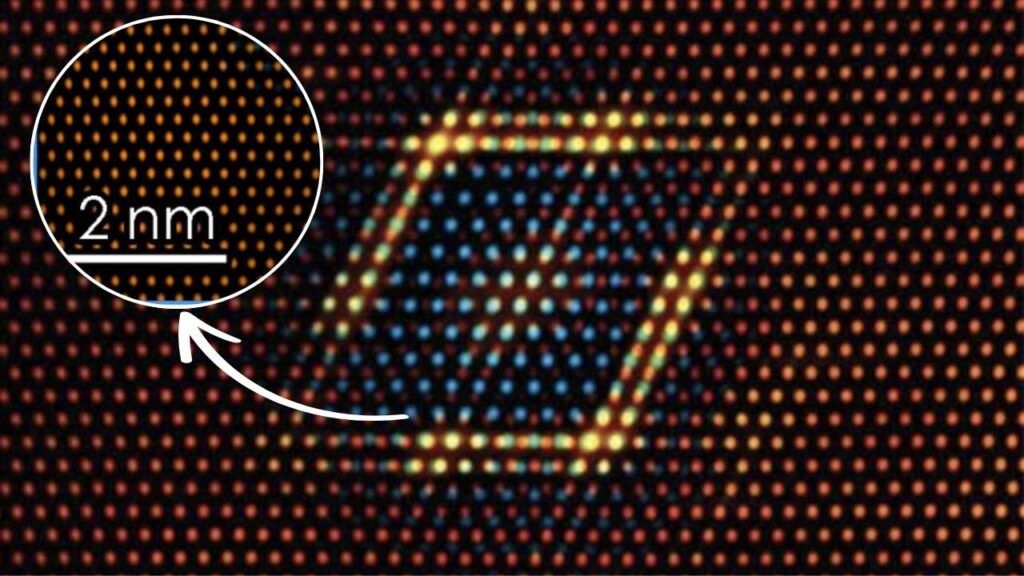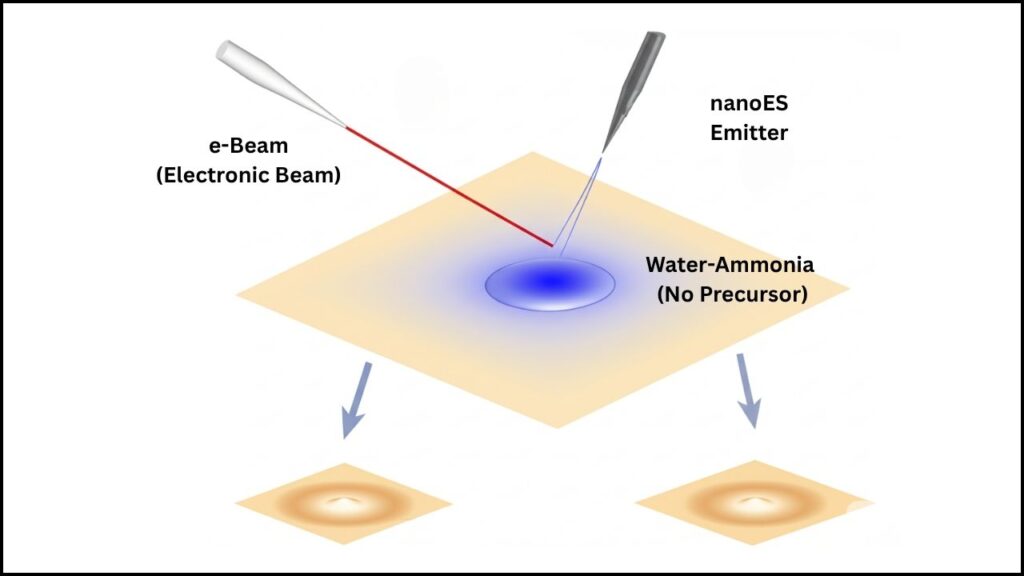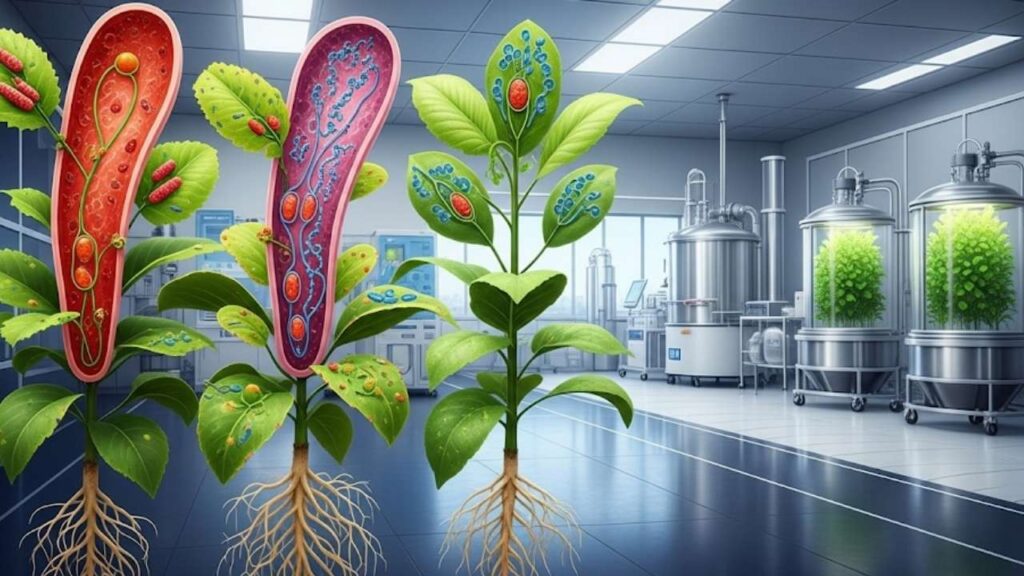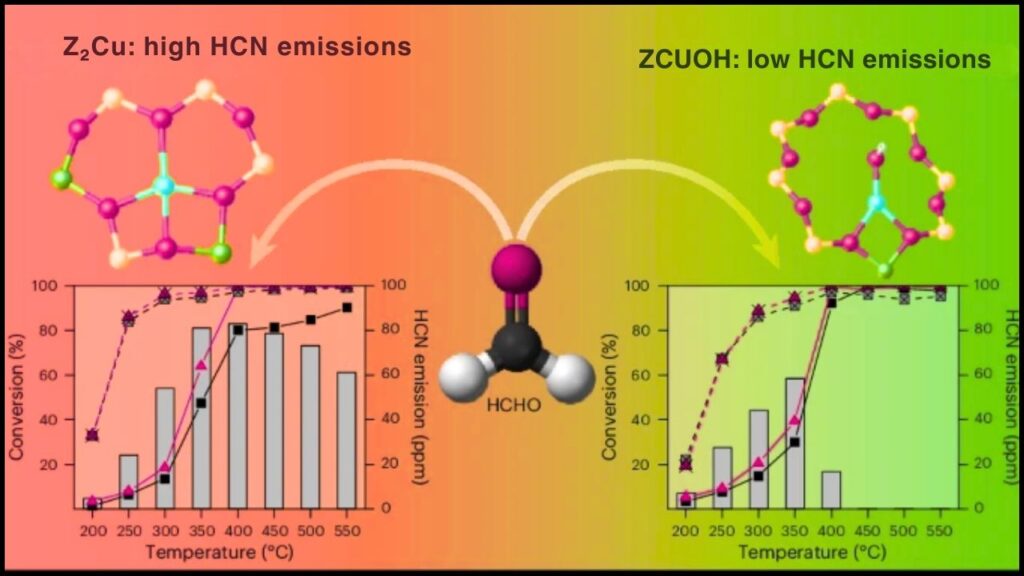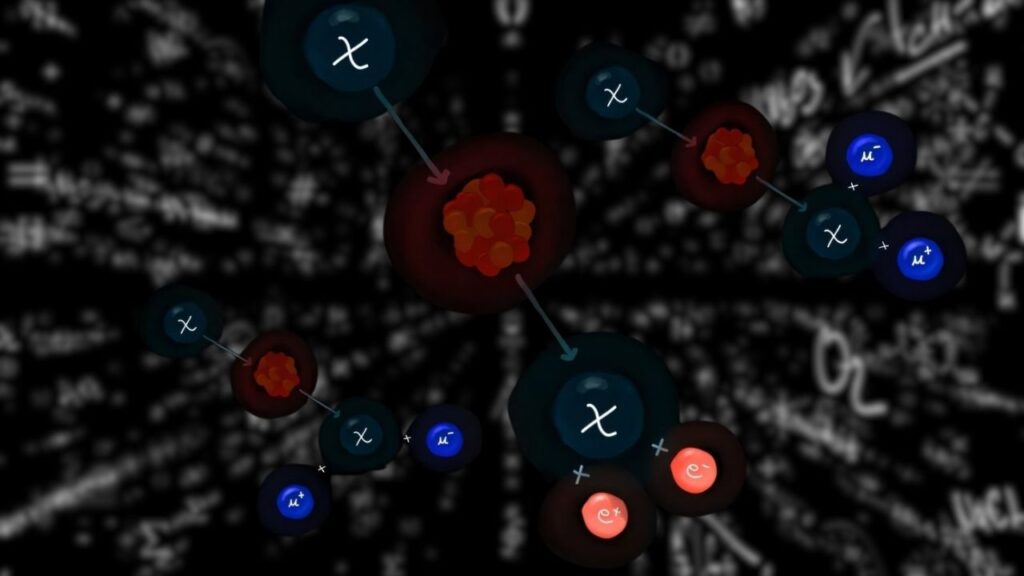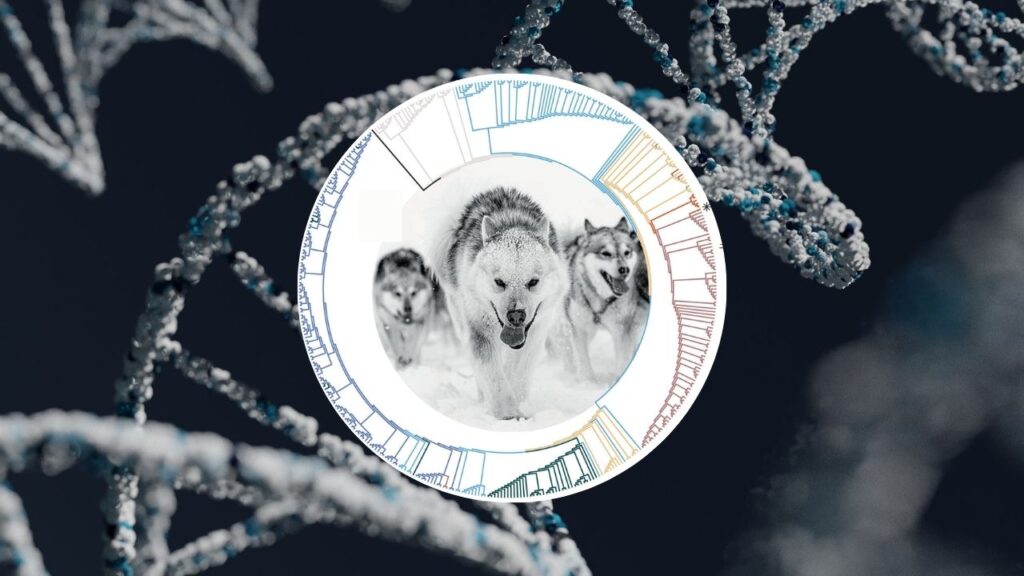Jupiter’s icy moon Europa has long fascinated scientists and space enthusiasts alike in the quest to find extraterrestrial life. Recently, a strange discovery has added a thrilling new chapter to Europa’s story: unexpectedly high levels of hydrogen peroxide (H₂O₂) found in unusual places on its surface. This puzzling finding could be a vital clue in understanding whether life might exist beneath Europa’s thick ice shell.
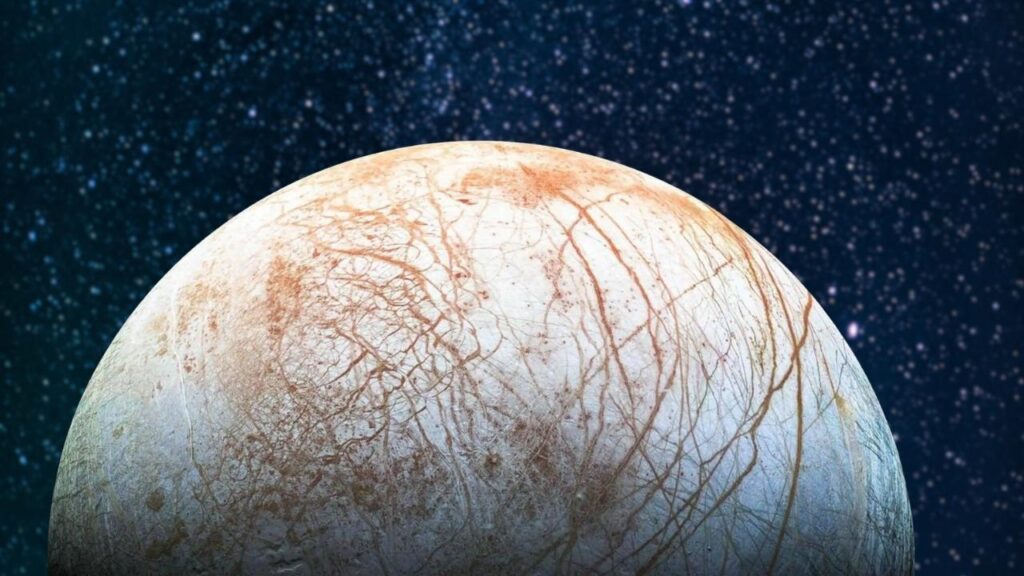
Scientists using the advanced capabilities of the James Webb Space Telescope (JWST) have detected elevated concentrations of hydrogen peroxide in Europa’s so-called chaos terrains — broken, shifted regions of the surface ice near the equator, warmer than the icy poles where peroxide was previously expected to accumulate. This discovery overturns decades of assumptions and opens new possibilities about the moon’s chemistry and potential habitability.
Table of Contents
Strange Hydrogen Peroxide Found on Europa
| Aspect | Details |
|---|---|
| Chemical Found | Hydrogen Peroxide (H₂O₂) |
| Location on Europa | Unexpectedly high levels found in warmer equatorial chaos terrains (e.g., Tara Regio) |
| Previous Prediction | Higher peroxide expected in cold polar regions |
| Reason for New Finding | Elevated carbon dioxide (CO₂) in chaos terrains influences peroxide formation through radiation chemistry |
| Chemical Role | Potential oxidant serving as an energy source for microbial life |
| Implication for Life | Could sustain life in Europa’s subsurface ocean by providing chemical energy |
| Ongoing Research | NASA-funded lab simulations and upcoming missions like Europa Clipper and ESA’s JUICE |
| Official Reference | NASA Europa Mission |
The discovery of unusual hydrogen peroxide concentrations on Europa’s equatorial chaos terrains challenges previous ideas about icy moon chemistry and strengthens the possibility that its subsurface ocean may be chemically energized enough to support life. Laboratory experiments linking carbon dioxide with peroxide production illuminate a fascinating chemical cycle powered by radiation and geological activity, possibly sustaining a hidden biosphere beneath the ice.
With upcoming detailed missions and ongoing cutting-edge research, Europa offers one of the most promising places in our solar system to find clues about life beyond Earth. Understanding and exploring these icy frontiers not only expands our knowledge of planetary science but also feeds humanity’s enduring curiosity about our place in the cosmos.
Understanding Europa and Its Enigmatic Surface Chemistry
Europa, one of Jupiter’s four largest moons (called the Galilean moons), stands out in the solar system because of its thick ice crust hiding a deep, salty ocean beneath. This ocean, warmed by tidal forces from Jupiter’s gravity, is one of the prime places scientists search for life beyond Earth.
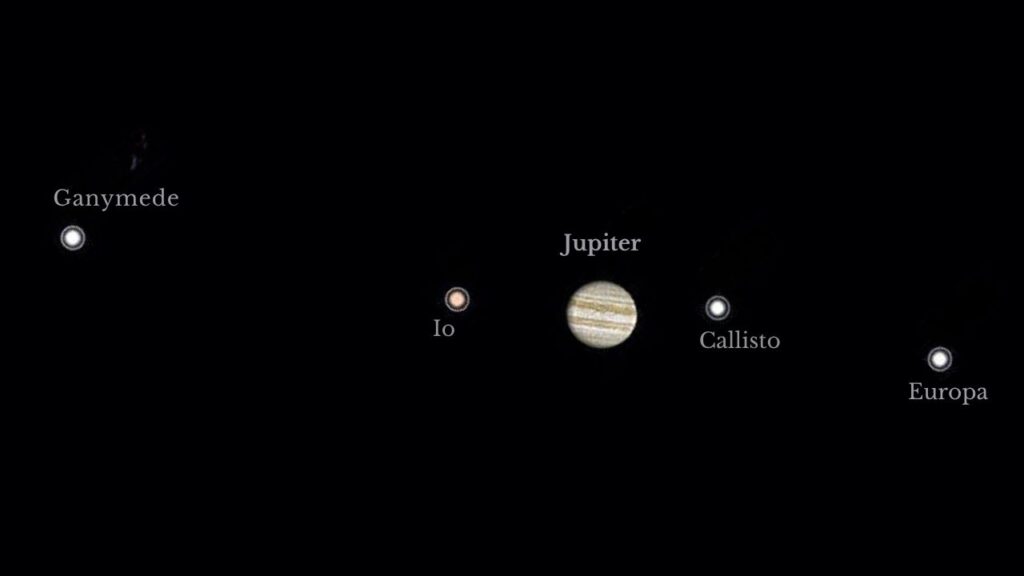
What is Hydrogen Peroxide and Why Is It Important Here?
Hydrogen peroxide (H₂O₂) is a chemical compound often used on Earth as a disinfectant or bleach. On Europa’s surface, it forms when water ice is bombarded by radiation and energetic particles trapped in Jupiter’s powerful magnetic field. These particles split water molecules, producing reactive radicals that recombine into peroxide.

Notably, H₂O₂ acts as an oxidant, meaning it can accept electrons during chemical reactions — important for supplying energy in ecosystems, especially where sunlight is absent. On Europa, sunlight cannot penetrate the thick ice shell, so chemical energy sources like peroxide are considered critical for any potential life in the ocean.
Previous Expectations vs. New Findings
Before JWST’s recent observations, laboratory studies and earlier spacecraft missions, such as NASA’s Galileo orbiter, suggested that hydrogen peroxide should be more abundant near Europa’s frozen poles where temperatures are lowest. Cold conditions were thought to help peroxide accumulate on the surface ice.
However, JWST data revealed the highest levels of peroxide not at the poles, but instead near the chaotic equatorial regions, which experience warmer temperatures and have fractured ice blocks shifted around by geological forces. This unexpected distribution posed a puzzle that intrigued scientists.
Why Is Hydrogen Peroxide Concentrated in Europa’s Chaos Terrains?
A key breakthrough in solving this mystery came from laboratory experiments conducted by scientists at the Southwest Research Institute (SwRI). They recreated Europa’s surface conditions in vacuum chambers and studied how water ice mixed with carbon dioxide (CO₂) behaves under radiation similar to that from Jupiter’s magnetosphere.
These experiments showed that the presence of carbon dioxide enhances the production of hydrogen peroxide under radiation, explaining why peroxide concentrations are higher in chaos terrains where CO₂ has been detected in tandem. Scientists believe the CO₂ escapes from Europa’s subsurface ocean through cracks in the ice shell, mixing with surface water ice and fueling peroxide formation.
The findings suggest a chemical cycling process on Europa, where ocean materials like CO₂ rise through ice fractures → mix with surface ice → get irradiated by energetic particles → form oxidants like hydrogen peroxide → which may then be transported back down into the ocean. This process could sustain a chemical energy source over time.
The Astrobiological Importance: Could Europa’s Peroxide Support Life?
The discovery of elevated peroxide concentrations in these unexpected regions improves the odds that Europa’s ocean might be a suitable habitat for life. Here’s why:
- Energy Source: On Earth, microbial life forms harness chemical energy from redox reactions (involving oxidants and reductants). Europa’s peroxide could provide the oxidant half of such chemical energy cycles.
- Sunlight Independence: Unlike Earth’s surface ecosystems powered primarily by sunlight, Europa’s ocean lies under kilometers of ice and is permanently dark. Chemical energy from peroxide-radiation interactions could fill the gap.
- Chemical Richness: Along with hydrogen peroxide and carbon dioxide, sodium chloride (table salt) and other compounds detected in the chaos regions hint at oceanic materials cycling through the ice shell.
Future missions, including NASA’s Europa Clipper (planned to launch in the late 2020s) and the European Space Agency’s JUICE spacecraft, will investigate these processes in more detail by mapping surface chemistry, analyzing ice shell thickness, and probing the habitability of Europa’s ocean.
How Scientists Study Europa’s Surface Chemistry
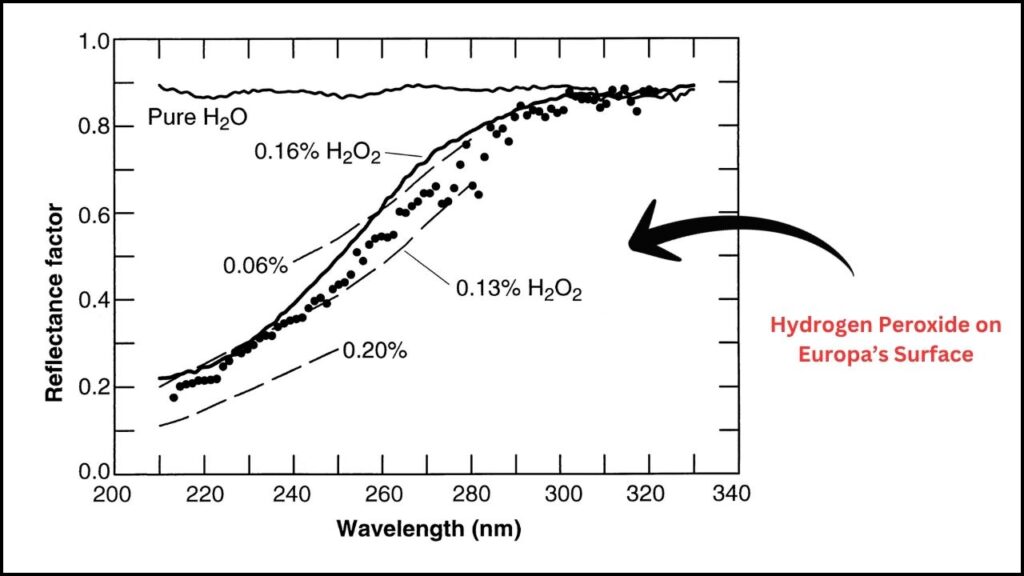
Studying distant moons like Europa involves a combination of telescopic observations, spacecraft data, and laboratory simulations.
Key Tools:
- James Webb Space Telescope (JWST): Its Near-Infrared Spectrograph (NIRSpec) allows scientists to detect chemical signatures such as hydrogen peroxide, carbon dioxide, and water ice in Europa’s surface layers from Earth’s orbit.
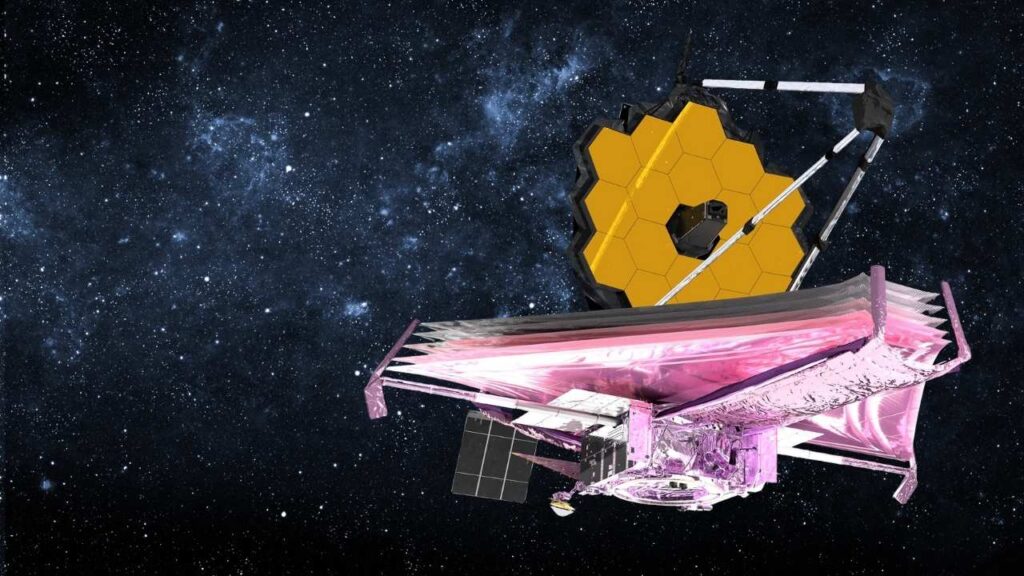
- Galileo Orbiter: Provided earlier infrared spectra that first confirmed the existence of hydrogen peroxide on Europa.
- Laboratory Experiments: Scientists recreate Europa’s icy, low-pressure environment and bombard ice samples mixed with CO₂ using radiation that mimics Jupiter’s magnetosphere conditions to observe peroxide production and behavior.
This blend of methods ensures that observational data can be accurately interpreted and expands our understanding of complex extraterrestrial chemistry.
Step-by-Step Guide: Investigating Hydrogen Peroxide on Europa
- Observation: Utilize advanced telescopes like JWST to scan Europa’s surface for infrared signals of specific chemicals.
- Data Analysis: Identify unexpected patterns, such as higher peroxide in equatorial chaos terrains rather than poles.
- Laboratory Simulation: Mimic Europa’s environment in the lab, reproducing temperature, pressure, and radiation conditions.
- Chemical Mixing: Add carbon dioxide to water ice samples to test its impact on peroxide formation.
- Confirm Chemical Interactions: Measure the production of hydrogen peroxide and compare to telescope data.
- Modeling Chemical Cycles: Develop theories on how surface and ocean chemistry interact and how compounds like peroxide cycle through.
- Plan Future Missions: Design instruments and mission objectives for spacecraft like Europa Clipper to collect in-situ data.
- Evaluate Habitability: Assess chemical energy availability in the ocean to infer potential for microbial life.
NASA’s SPHEREx Telescope Launches to Explore Universe’s Origins
NASA Highlights June 2025 Skywatching Events
Did Life Come From Outer Space? Scientists Say the Clues Are Adding Up
FAQs About Strange Hydrogen Peroxide Found on Europa
Q1: What makes Europa a good candidate for life?
Europa has a salty, liquid water ocean beneath its ice crust, with energy sources like tidal heating and oxidants such as hydrogen peroxide that could support microbial life.
Q2: How does hydrogen peroxide form on Europa?
Energetic particles from Jupiter’s magnetic field break apart surface water molecules on Europa, allowing radicals to recombine into hydrogen peroxide, especially where carbon dioxide is present.
Q3: Why is peroxide important for life on Europa?
Peroxide can act as an oxidant, a chemical that accepts electrons, providing essential energy for life forms in Europa’s dark subsurface ocean.
Q4: What is the role of chaos terrains on Europa?
Chaos terrains are regions where ice is fractured and shifted, thought to allow exchange between surface and ocean materials, crucial for cycling chemicals like CO₂ and peroxide.
Q5: What missions will explore Europa next?
NASA’s Europa Clipper (late 2020s) and ESA’s JUICE mission aim to study Europa’s ice shell, ocean, and surface chemistry to search for signs of habitability and possible life.
